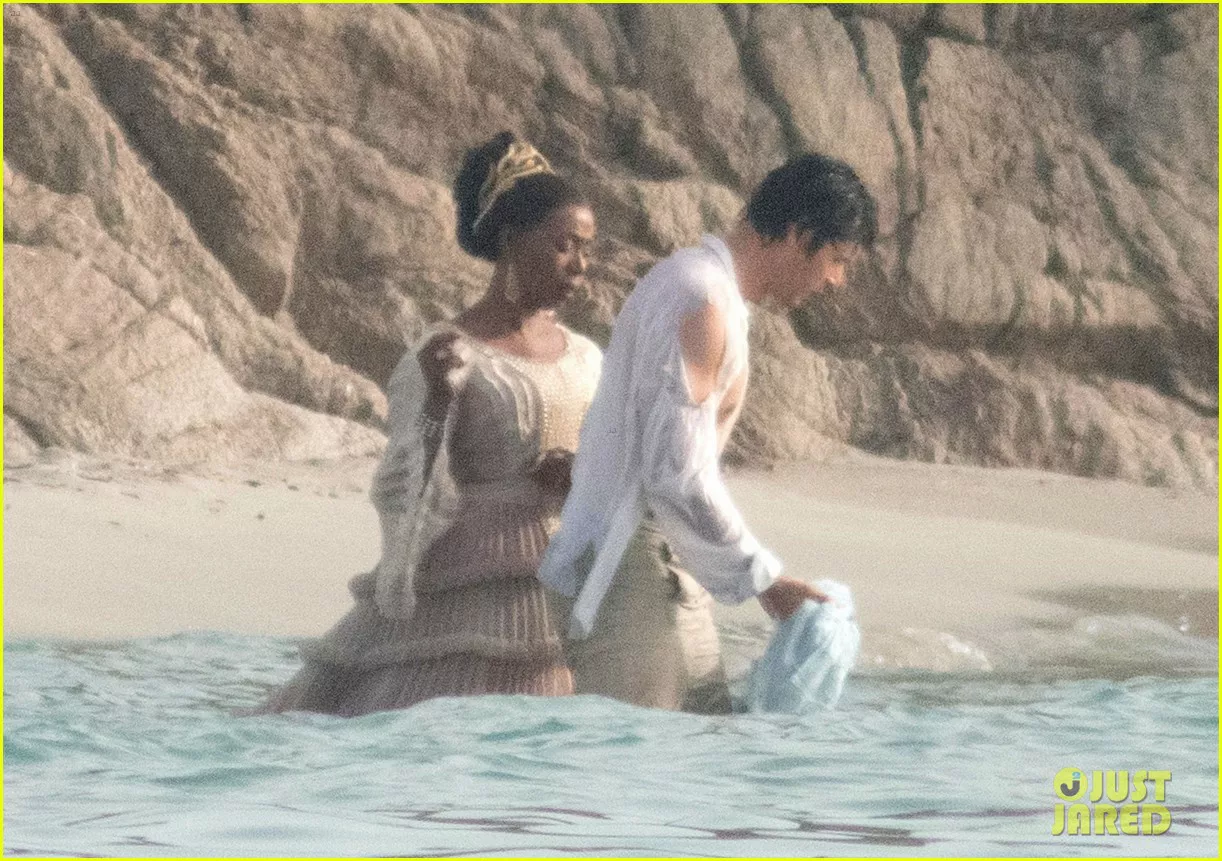“The Little Mermaid” is a beloved fairy tale that has been adapted into various forms of entertainment, including both a classic animated movie and a captivating stage musical. While both versions share the same enchanting story, they also possess unique elements that set them apart. In this article, we delve into the key differences between the musical adaptation and the animated film, examining how they each contribute to the rich tapestry of “The Little Mermaid” lore.
Storyline and Plot Changes
In transitioning from screen to stage, “The Little Mermaid” underwent subtle yet significant changes in its storyline and plot. The musical adaptation introduces new scenes and expands upon existing ones to enrich the narrative and enhance character development. For example, the musical delves deeper into Ariel’s yearning for adventure and her desire to explore the world beyond the sea, adding depth to her character arc. Additionally, certain plot points may be reimagined or altered to accommodate the format of live theater, resulting in a fresh interpretation of the classic tale.
Additional Songs and Music
One of the most noticeable differences between the musical and the movie is the introduction of new songs and musical numbers in the stage production. Composers Alan Menken and Howard Ashman, along with lyricist Glenn Slater, crafted a series of original songs specifically for the musical adaptation. These songs not only serve to advance the plot but also deepen the emotional resonance of the story. For instance, “She’s in Love” provides insight into Ariel’s burgeoning feelings for Prince Eric, while “If Only (Quartet)” explores the inner turmoil of multiple characters as they grapple with their desires and aspirations.
Character Development
Characters in the musical adaptation of “The Little Mermaid” are portrayed with nuanced complexity, offering audiences a fresh perspective on familiar personalities. Ariel, for instance, exhibits greater agency and determination as she embarks on her quest for love and self-discovery. Similarly, supporting characters such as King Triton and Ursula may undergo subtle changes in their motivations and interactions, adding layers to their respective roles in the story. These nuanced characterizations contribute to a deeper exploration of themes such as identity, sacrifice, and redemption.
Set Design and Visual Effects
The transition from animation to live theater necessitates creative reinterpretations of the fantastical underwater world of “The Little Mermaid.” Set designers and visual effects artists employ innovative techniques to bring the enchanting realm of Atlantica to life on stage. While the animated film relies on vibrant colors and intricate animation to evoke the magic of the ocean, the stage production utilizes imaginative set designs, elaborate costumes, and clever lighting effects to create a captivating theatrical experience. Despite the inherent limitations of live theater, the stage adaptation succeeds in capturing the whimsical charm of the original story.
Choreography and Dance Numbers
Dance plays a prominent role in the musical adaptation of “The Little Mermaid,” with elaborate choreography enhancing the storytelling and spectacle of the production. Choreographer Stephen Mear infuses each dance number with energy, grace, and emotion, bringing the underwater world to life through captivating movement. From the lively ensemble numbers in “Under the Sea” to the poignant ballet sequences in “Part of Your World (Reprise),” the choreography adds an extra dimension to the musical, enriching the audience’s experience and further immersing them in Ariel’s magical journey.
Cultural and Artistic Influences
The cultural and artistic influences behind “The Little Mermaid” are manifold, shaping the interpretation of the story in both its animated and theatrical incarnations. While the animated film drew inspiration from classic fairy tales and Disney’s rich animation legacy, the musical adaptation incorporates contemporary perspectives and artistic trends to breathe new life into the timeless tale. From the diverse cast of performers to the incorporation of modern storytelling techniques, the stage production reflects the evolving landscape of musical theater and the broader cultural zeitgeist.
Audience Experience
Watching “The Little Mermaid” in a live theater setting offers a distinct and immersive experience that differs from viewing the animated film. The immediacy of live performances, combined with the energy and enthusiasm of the audience, creates a palpable sense of excitement and engagement. Theatergoers have the opportunity to witness the magic unfold before their eyes, with each performance offering a unique and unforgettable experience. From the soaring musical numbers to the dazzling visual effects, the stage adaptation of “The Little Mermaid” captivates audiences of all ages and leaves them spellbound by its enchanting charm.
Legacy and Influence
Both the animated film and the musical adaptation of “The Little Mermaid” have left an indelible mark on popular culture, inspiring generations of audiences with their timeless story of love, sacrifice, and redemption. The animated film, released in 1989, heralded a new era of Disney animation known as the Disney Renaissance, reinvigorating the studio’s legacy and paving the way for future animated classics. Similarly, the musical adaptation, which premiered on Broadway in 2008, continues to delight theatergoers around the world with its enchanting storytelling and breathtaking spectacle. Together, these two adaptations have cemented “The Little Mermaid” as a beloved classic cherished by audiences of all ages.
Conclusion
In conclusion, while “The Little Mermaid” may exist in different forms across various mediums, each adaptation offers a unique and enchanting interpretation of the timeless fairy tale. Whether experienced through the magic of animation or the spectacle of live theater, the story of Ariel and her quest for love and belonging continues to captivate audiences and inspire imaginations around the world.
Related Topics:
What Is Everything Everywhere All At Once About?
Is Schindler’s List suitable for kids?
Why didn’t Japanese samurai use guns?

